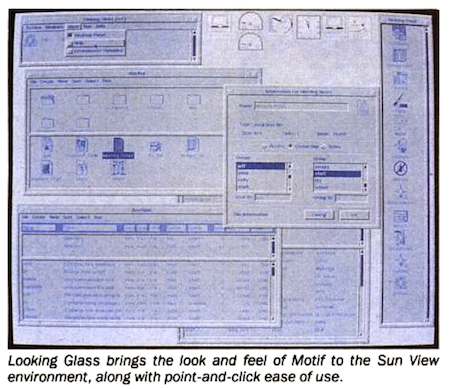This last weekend I taught an Objective-C and iOS bootcamp to a group of students and faculty at WVU down in Morgantown WV. They have a cool “AppLaunch” project going on, to inspire students to write real applications on iDevices and encourage an entrepreneurial spirit (sorry, link is broken now), and they invited me down to kick off the technical portion. Slides are available at my Free Talks for CocoaHeads page
A common question I got beforehand was “what’s the best way to get up to speed on this stuff?” That’s kind of like asking “what’s the best kind of pizza”. It all depends on where you’re coming from, where you want to go, and how fast.
If money is no object, take a Big Nerd Ranch class. In addition to teaching there, I have taken a number of Ranch classes from a bunch of different instructors, and they are all top-notch. The Ranch has a way of doing things that ends up with a really high quality product, enjoyable to both instructor and student. This will cost you a couple thousand dollars and take a week of your life, but you will be well on your way to iPhone programming studliness. Check out AnneKate Halsall’s Taming the Wild Dogcow tumblog for impressions and ah-has during the course of a class.
There are a number of video courses available. Stanford CS 193P iPhone Application Development is online. There is another set of materials from the Rose-Hulmn Institute of Technology for their CSSE490: iOS SDK Programming class. Also, check the comments here, with some links to videos courtesy of Richard Smiley.
The next level down is books. I love books. I learned to program from books and magazines. Old folks may remember back in the day when computer magazines had pages of BASIC program listings. Keying those in and debugging the inevitable typos is how I learned to program. There are two books I really like for iOS programming: the Apress Beginning iPhone 6 Development: Exploring the iOS SDK by Dave Mark, Jack Nutting, Jeff LaMarche et.al.; and the Big Nerd Ranch iPhone Programming, the Big Nerd Ranch Guide by Aaron Hillegass and Joe Conway. I recommend people read both of them. If one book glosses over a topic the other covers in depth. Disclaimer: I’ve been the technical reviewer for the Apress Beginning iPhone books since the first edition.
What order to read them? If you’re strapped for time, read the Ranch one first. It’s short and to the point. Dedicate a weekend or a couple of evenings and type in everything. Then start working through the Apress book at your leisure.
If you’ve got more time, or you’re working over a longer period of time with other people, such as the Pittsburgh CocoaHeads Learn iPhone project, use the Apress book. It’s longer and wordier (764 vs 380 pages), but goes into topics in more detail. Some of the code is repetitious so you might not want to type in everything.
You’ll want some introductory books if you’ve never programmed before. The Aaron Hillegass Objective-C Programming: The Big Nerd Ranch Guide is very good. I’m partial to the Apress Learn C on the Mac by Dave Mark, followed by Learn Objective-C on the Mac the latter written by me and my hero Scott Knaster. This pair was designed to take you from “loops are cool!” up through Categories, Properties, and Predicates. If you already know C you can go straight into Learn Objective-C. If you already know how to program in something else and just want a quick brush-up on what’s peculiar to C, I’ve broken out the first two chapters of the first edition of Core Mac OS X Programming into a C Refresher. Learn Objective-C has an appendix on what weirdnesses to expect if you’re coming from other languages like VB or Java. I know I get frustrated when I have to wade through “loops are cool!” when picking up a new language, so it’s nice having different places you can catch the train.
Finally, take a look around your community. You may have an active CocoaHeads or an NSCoderNight chapter, or perhaps an iPhone programming MeetUp. If there’s not one now, start one! There’s nothing like having living breathing people to ask questions of, and to generally hang around with. You might discover one-off classes like what I did at WVU, or longer-term learning projects like what we’re doing at our local CocoaHeads.







